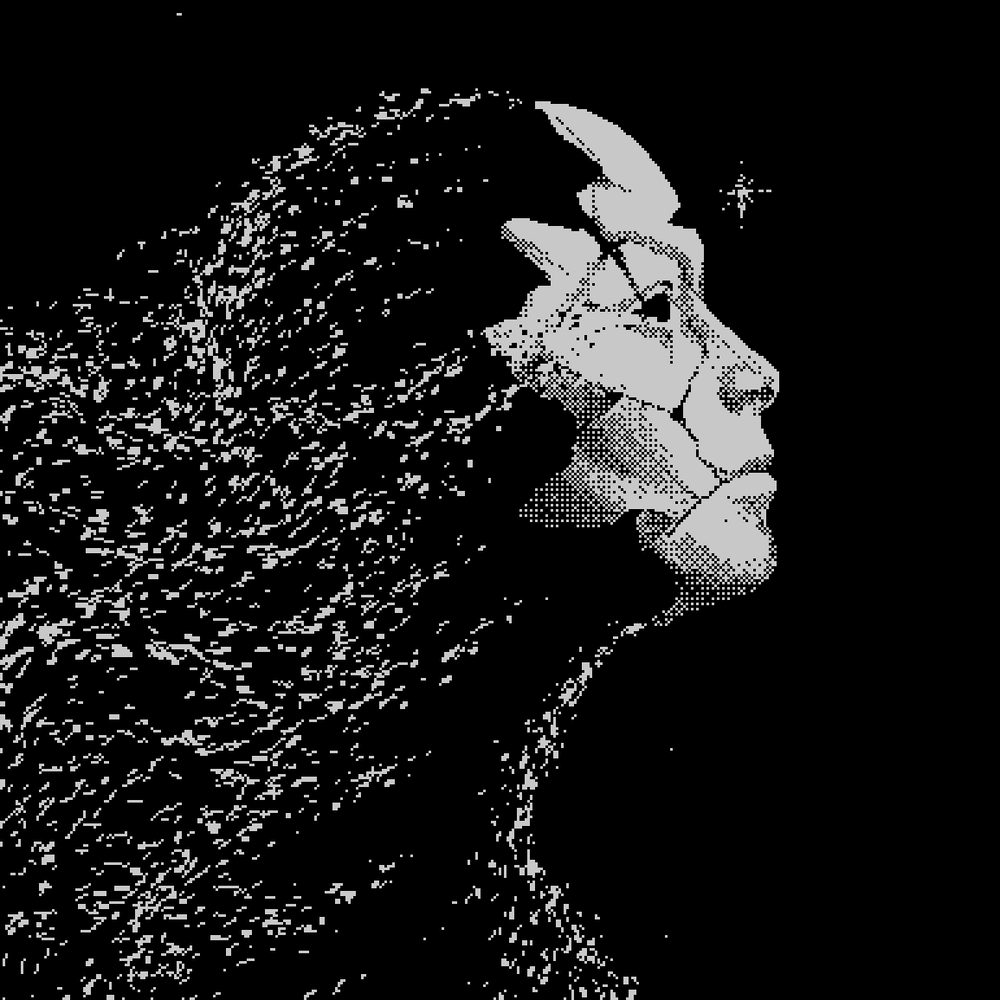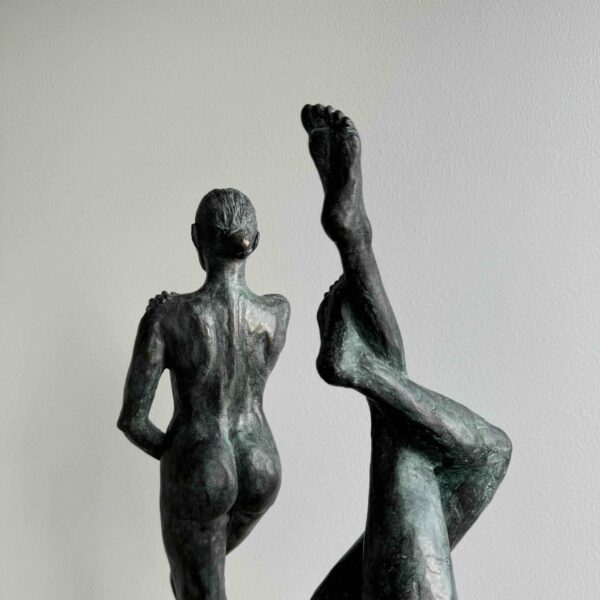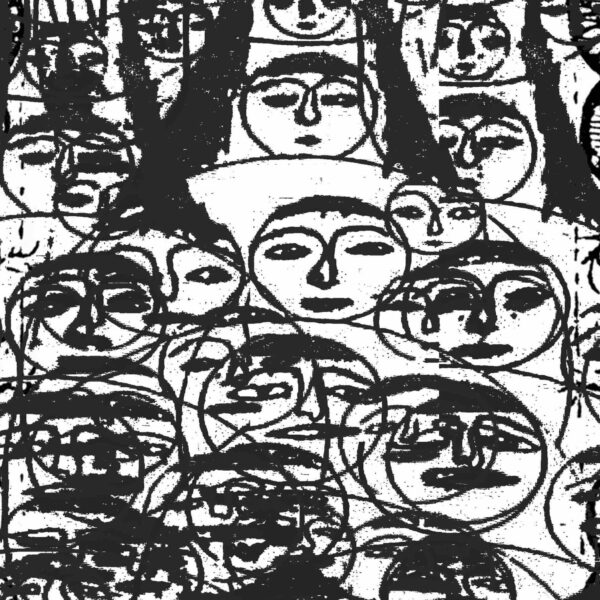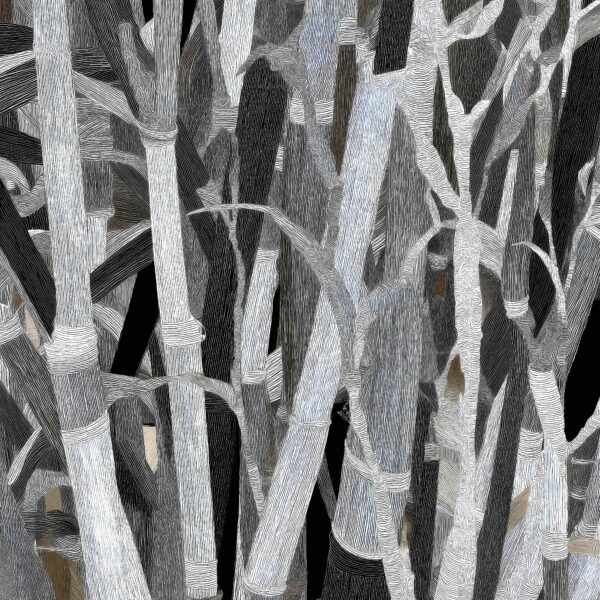Yudho: Dirty Pixels and the Poetics of Digital Disintegration
In a world increasingly mediated by screens, filters, and fragments, Yudho doesn’t seek to clean up the mess, he celebrates it. Calling his style “dirty pixels,” the Indonesian artist builds visual ecosystems out of chaos. The term might sound dismissive, but it’s the opposite: a deliberate rejection of pixel art’s traditional nostalgia and order. In Yudho’s world, pixels bleed, scatter, swarm, and glitch—not to degrade, but to reveal something more human.

A self-described multidisciplinary artist, Yudho uses pixelation not as retro aesthetic, but as a conceptual tool. His practice spans animated GIFs, generative visual noise, and on-chain experimentation. Beneath it all is a central inquiry: how do we navigate the flood of information, images, and identities that define life in a networked age? His answer lies not in resolution, but in rupture.
Yudho’s works shimmer like relics of a lost internet mythology—part code, part prayer. They recall early ASCII art, the pointillism of Seurat, and the spiritual minimalism of Agnes Martin—but disassembled and rebuilt through 21st-century circuitry. What emerges is a language of noise-as-narrative, entropy-as-expression.
- On The Edge of Chaos
“A prophet stands at the brink…”
The opening image of On The Edge of Chaos (2025) is stark: a lone, cloaked figure stands against a cosmic void, casting spirals of light from an unseen force. In the distance, a tent glows with faint humanity. The scene evokes mysticism, ritual, and perhaps even a yearning for control in a universe governed by complexity.
The pixelated swirl above the prophet isn’t just ornamental—it’s an aesthetic embodiment of chaos theory. Each dot flickers in and out, forming galaxies that never stabilize. The piece resonates with early computer-generated fractals, but where those sought order in complexity, Yudho leans into the ungovernable. Rather than presenting avision of enlightenment, it’s a conjuring of uncertainty.
Formally, the image draws comparisons to William Blake’s visionary etchings, or Goya’s The Sleep of Reason Produces Monsters. But here, the monster is data. The prophet gestures not to gods, but to the swirling abyss of algorithmic logic.
This is Yudho at his most mythic: a digital shaman standing before a machine-ripped cosmos, hoping to make meaning from the noise.
- The Dissolution of Value
“Defined by digital permanence and truth.”
With The Dissolution of Value (2024), Yudho turns his attention to another abstraction: money. The artwork depicts a U.S. dollar dissolving into digital particles. Its subject disintegrates—quietly, pixel by pixel—until value itself becomes a glitch.
Unlike On The Edge of Chaos, this piece is deeply rooted in systems critique. Yudho goes beyond showing decay, he orchestrates it. The dollar’s disintegration stands in for a broader collapse: of centralized finance, of fiat trust, of the illusion of monetary permanence. At the center of the bill, a profile—resembling George Washington—is distorted into near-vanishment, swallowed by the very code that underwrites its symbolic power.
The work echoes the anti-capitalist gestures of Hans Haacke or Jenny Holzer’s text-based critiques, but updated for an era of blockchain-native dissensus. It’s part of a larger decentralized project, scattered across multiple Web3 platforms—a living challenge to ownership and exclusivity. Here, value does not lie in rarity or containment, but in diffusion and virality.
There’s a poetic inversion at play. While fiat currency attempts to preserve value through institutional control, Yudho’s artwork gains power by dissolving it. The more it spreads, the more potent its message becomes.
- The Echo of Faith
“A representation of humanity’s search for higher meaning from a fragmented existence.”
The Echo of Faith (2025) slows everything down. A lone face appears from within a cascade of fragmented lines, dissolving and reassembling. The image is quiet, introspective, and less architectural than Yudho’s other works—but no less loaded.
If the previous pieces critique external systems, this one turns inward. The face is neither whole nor destroyed; it flickers between states.. In that sense, the work becomes a meditation on the self in an age of endless mirroring and erasure.
There are echoes here of Nam June Paik’s video portraits, but also of more spiritual registers: Byzantine icons, or Buddhist sand mandalas, carefully arranged only to be dispersed. Yudho’s glitching pixels enact this same cycle of construction and release, a visual chant more than a narrative.
Conceptually, it aligns with theorist Mark Hansen’s argument that digital media is not just something we view but something we feel: something that reconfigures how we experience our bodies, memories, and identities. The Echo of Faith suggests that even in the noise, we can find echoes of meaning.
- Humanity’s Ascension
“The symmetry between creation and destruction becomes a fragile paradox.”
If Echo of Faith is internal, Humanity’s Ascension (2024) is cosmic. A human figure composed entirely of stars and light hovers midair, symmetrical and radiant, like a constellation brought to life. The body dissolves into sparks, merging with the environment. It’s a moment of transfiguration, and also of dissolution.
This work brings Yudho’s practice full circle. We began at the edge of chaos; we end with ascension, which in Yudho’s universe, is always unstable. The human form becomes an interface between earth and cosmos, but it’s unclear whether this is evolution or vanishing.
The work recalls the sacred geometry of Hilma af Klint, the techno-mysticism of Ryoji Ikeda, and the pixel-based anatomies of Cory Arcangel. But what’s striking is the emotional resonance. It is bothboth ecstatic and elegiac.
The reflection at the figure’s feet hints at the natural world, now reduced to mere outlines. Yudho reminds us that our desire to transcend is also a desire to consume—to flatten the organic into data, into spectacle. This figure glows not just with potential, but with warning.
Final Reflections
Yudho’s work exists in the tension between visibility and loss, clarity and fragmentation. His “dirty pixels” are not glitches to be fixed, but languages to be spoken. They remind us that we are made of screens and signals, and that sometimes, the truest stories are told not in resolution, but in rupture.
His practice challenges the polished mythologies of both Web2 and Web3. Against a backdrop of algorithmic optimization and curated perfection, Yudho’s pixels behave badly. They scatter, dissolve, swarm, and pulse. They resist containment,and in doing so, they reveal something startlingly human.
As legacy systems dissolve and new ones emerge, Yudho asks: what happens when our symbols fail? What rises in their place? His answer, it seems, is a kind of digital mysticism: an art that accepts the unknowable, the unstable, and the beautifully unresolved.


